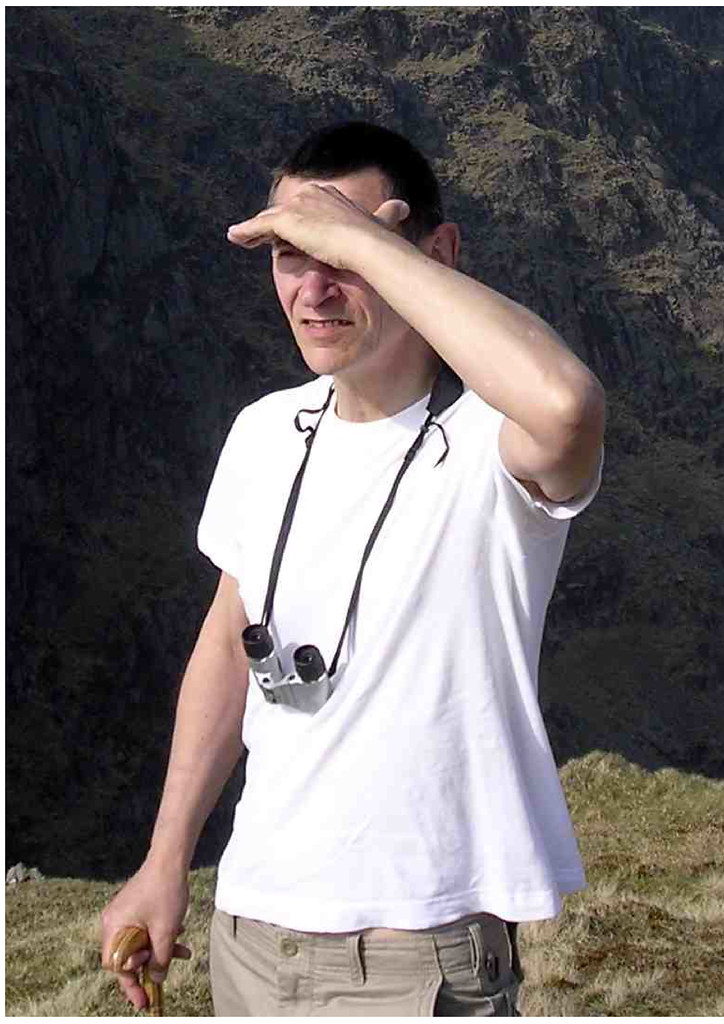Pictured is a silicon-bronze chess piece cast by Jason Visser on my previous jewellery course, then a cast sterling silver ring. Although both were made in the August course, I only got round to tumble-polishing them when I got back from holiday, just in time for Jason to pick up on the new course where he left off. He then finished the enamelled pendent with the silver flower in the centre; the border of this was fretted from copper sheet then rivetted with fine silver wires. The last picture is another casting of the pig by Alan Reynolds, this time in silicon bronze on the lower parts and pewter on the upper. Not intentional; the initial bronze casting failed, the mould was repaired and the fill completed with pewter, with intriguing results.
Friday, 26 September 2008
Tuesday, 19 August 2008
Goodbye to Putney
Tuesday, 24 June 2008
Work from late spring and early summer
A great deal of student work has passed through my hands over the past couple of months; sculpture, pots and other ceramic forms, casts in resin bronze, jewellery in sterling silver, fine silver, silicon bronze and pewter, some with enamel. The works of Barry Denman and Jacqueline Watson are illustrated in the right-hand column.
Wednesday, 5 March 2008
End of Spring term.
Left is a silicon bronze pendant made by Wendy Mitchell; next an etched sterling-silver oval pendant made by Kathryn Crooks; a silicon bronze ring by Anna Stevens; and finally a pewter pig made by Alan Reynolds (still with sprues and crucible attached). All except the etched pendant were made originally in wax and cast with the lost wax process.
Thursday, 21 February 2008
Casting day looms!
But before then it is necessary to burn the waxes out from their entombment in ceramic shell, which I hope to do in a couple of days time at our new workshop. This new location was not chosen with the needs of metal casting in mind, so I am somewhat nervous about burning out about twenty wax shells in the open in a new (and predominantly residential!) neighbourhood.
(As it happened, I found the burning-out to be quite straightforward, with the advantage that I was not restricted to week-ends as formerly).
Wednesday, 9 January 2008
Patination of silver
The necklace consists of ten domed and patinated silver discs alternating with bought glass beads (some black, some white) and utilising bought sterling chain and findings. The matching earrings use a single disc each. The patination is well sealed, otherwise it could leave unwanted marks on light clothing.
As you can see, Alan understands the importance of presentation! The white satin-lined case makes an excellent contrasting display setting.
The silver was patinated by suspending the discs for about 30 minutes in a sealed container with some ammonium polysulphide solution in the bottom. This liquid emits fumes of hydrogen sulphide, which demands good ventilation to avoid health problems. It is also quite caustic since it contains free alkali, so gloves and goggles are also necessary. The result should be that the silver turns dark and somewhat iridescent (although the rainbow colours are greatly reduced on sealing). It is washed, dried, then sealed with a conservation-grade hard wax.


